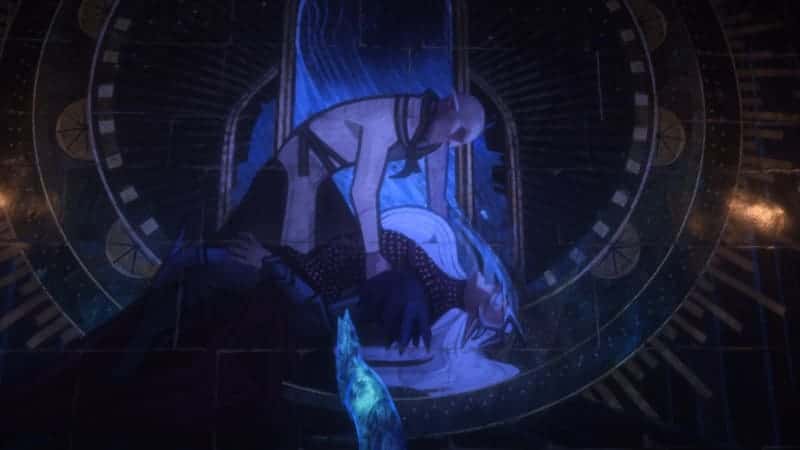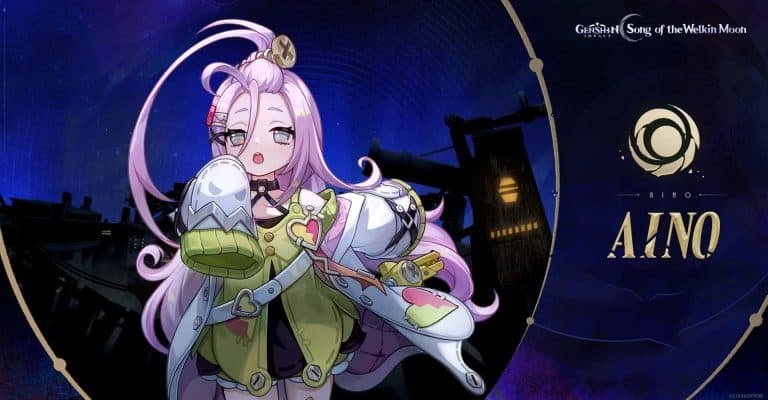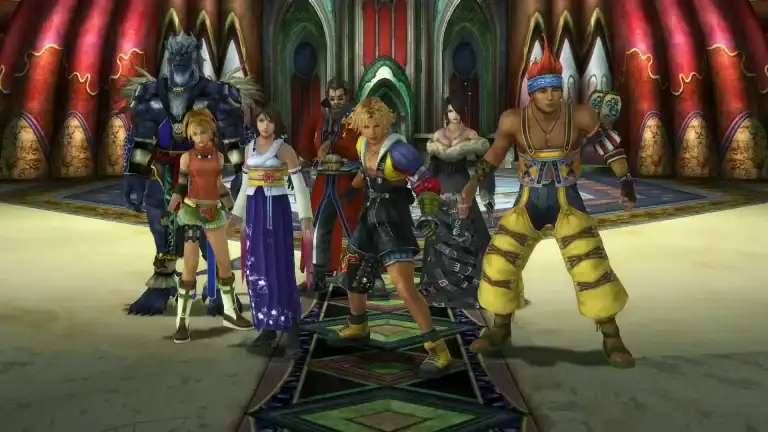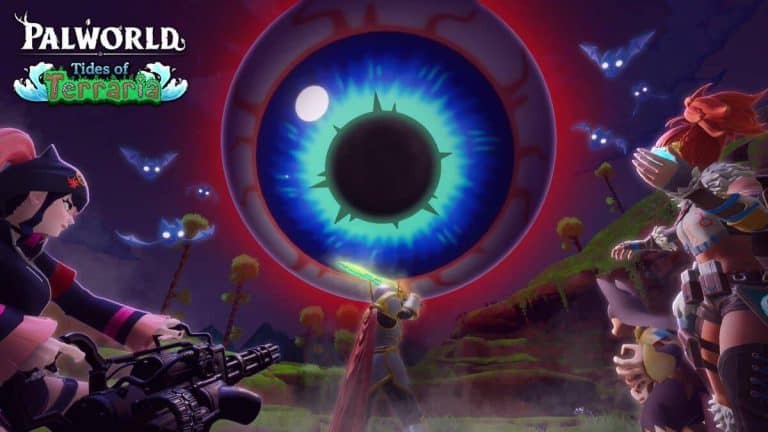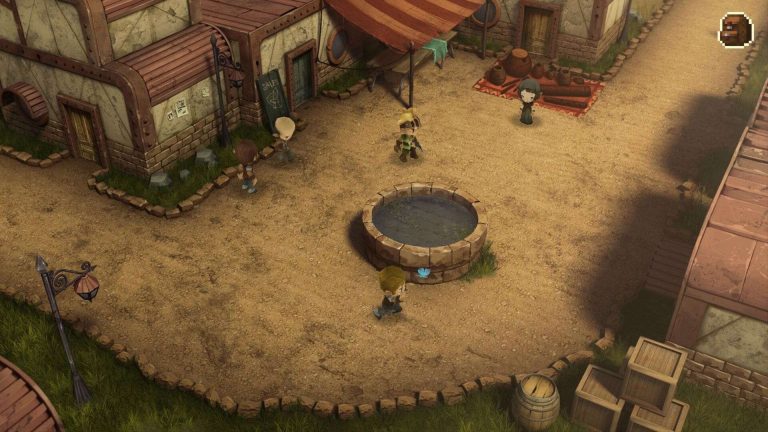2024 Dragon Age the Veilguard Narrative Confirms Wild Fan Theories
Since the release of Dragon Age: Origins in 2009, fans have accumulated a wealth of knowledge about the series’ canon over the last fifteen years. Throughout that stent, hundreds of fan theories have risen to the surface to explain some of the greatest questions that had yet to be answered or confirmed by Bioware. With the addition of Dragon Age the Veilguard, fans finally have some answers to their most burning questions -and the answers are outstanding and utterly familiar. Canonizing many fan theories that have ruled discussions for more than ten years.
Speculations
The one thing about the Dragon Age series that fans, often, cite as the franchise’s biggest draw is the game’s lore. Expansive and in-depth, the history of Thedas has always been steeped in mystery. Historical beliefs are varied, and often obscured or lost over time, taking on a life of their own with very few truths to back them up. No more is this truer than when it comes to the earliest histories of Thedas: the truth behind the Gods, what happened to the Titans, the real origins of the Blight, who exactly is the Dread Wolf, and how are they all interconnected?
Theory: The Elven Gods are the Tevinter Gods
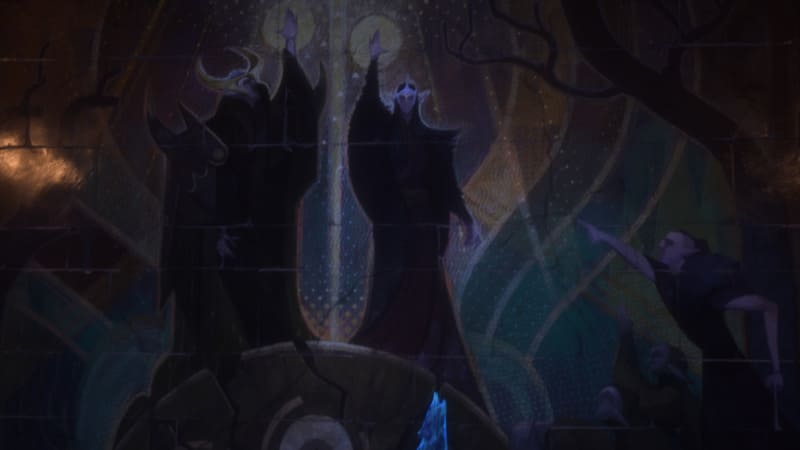
Fans have long theorized that the seven Gods of Elvhenan and the seven Dragon Gods of Tevinter have been the same entities the whole time; and that the “history” of the ancient gods, which so many state as separate facts, is merely a misunderstanding. Equating each named high dragon to their Elven god equivalent, and therefore each Archdemon to their respective Elven god, fans have been patiently waiting to see if their suppositions have been true: Only to find that they were, in fact, very correct.
Dragon Age the Veilguard’s narrative has become the culmination of events set into motion millennia ago, the truth behind the history of the Elven Gods has revealed them to be the progenitor of all that has come since. Their influence is felt throughout Thedas, from the state of the world and machinations of those who move against the forces of good to the fundamental beliefs that tie every person to one another no matter their lineage. Everything; from the origins of the Archdemons to even the convincing whispers spoken in the ears of the Ancient Magisters, and everything in between; can all be sourced solely from them -their machinations and their dragons.
Theory: The Titans Were Destroyed by the Elven Gods
A popular theory among students of all things Elven, fans regularly argue that the gods of ancient Arlathan and the Titans once warred against one another. And that, ultimately, it was the Evanuris who destroyed them. Among the explanations for this historical event, many cite Solas’ account of why he raised the Veil -offered in dialogue at the end of the Trespasser DLC. Wherein, Solas refers to the rise of the Evanuris as “from respected generals to kings, and finally gods,” during a great war.
Fans speculated that the only possible adversaries in all Thedas strong enough to rival the gods would have been the Titans, and they were right. But how that war started and ended was yet to be fully explained -until Dragon Age the Veilguard. Through memories, codex entries, and dialogue, the player finds out that the Elven Gods once did something to anger the Titans, and that anger boiled over into a conflict between them and the Evanuris. The end of the war saw the Titans defeated, and the world of Thedas forever changed.
Theory: The Origins of the Blight are Tied to the Titans
In the main narrative, as well as the Decent DLC, for Dragon Age: Inquisition, it was revealed that Lyrium; the blue substance used by mages to amplify their magic; is the blood of the Titans. Moreover, it confirms that the substance known as Red Lyrium is that same blood but corrupted by the Blight. This led fans to believe that its source must come from a blighted Titan somewhere in the world and that its corruption could be the true cause behind the darkspawn -rather than the Ancient Magister’s usurpation of the heavens, offered by Chantry Doctrine.
The answer, strangely enough, is even far more complicated than what fans may have thought. In the Veilguard, the true origin of the Blight is revealed spectacularly, and in doing so solely lays the blame for its creation at the feet of the Elven Gods. As more revelations come to the surface about the “great war” between the Titans and the Gods, players learn that it fell into a war of attrition; where no gains could be made on either side; leading the Gods to do something truly diabolical: sever the Titans from their very own dreams.
In an act that mirrors the Rite of Tranquility often forced upon rebel mages by the Chantry, the Gods forged a weapon strong enough to break the Titan’s connection to the Fade -thus removing their ability to access their magical abilities and their connection to the dwarves. Practically lobotomizing the Titans, so that they no longer had any power to resist the Elven Gods rule. This disconnection and the festering anger of the Titans corrupted their dreams and transformed their magic into the very epitome of malice with a mind all its own: the Blight.
Theory: Solas Was Once a Spirit of Wisdom
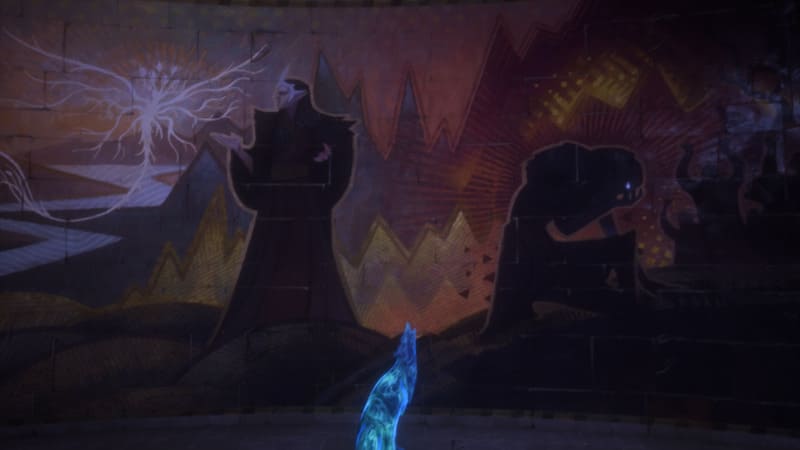
The lines: “He did not want a body. But she asked him to come. He left a scar when he burned her off his face,” from Cole during the Trespasser DLC, sparked a cavalcade of theories into the origins of Solas. Believing it to refer to the Inquisition’s Elven apostate, fans took Cole’s words to heart and argued that it meant that Solas was once a spirit. Furthermore, they argued that Solas’ own name led even more credence to the claim, as Solas means “pride” in the Elven language, that pride is the opposite of wisdom, and that she referred to none other than Mythal.
The theory rings true in Dragon Age the Veilguard, as players become privy to memories of the past via the questline Regrets of the Dread Wolf. Wherein, Rook explores five memories of Solas’ past: including his true origins, his association with Mythal, his fight against the tyrannical Evanuris, the culmination of his rebellion leading up to the raising of the Veil, and his betrayal of Mythal. Confirming several theories, all at once, and all more world-shattering than the next.
The narrative contends, and justifies this, by explaining that all the Evanuris were once spirits. Whether, through ambition or simply the implications of their very nature, each sought to manifest in corporal form to better affect the world. Solas, however, was different. He had no intention of following along with his fellow spirits and dwelt happily in his existence. That is until his dear friend Mythal convinced him to follow her lead and join the waking world. He did so out of loyalty to her, and his love for her, never knowing how much the world would eventually twist his true nature -and turn him into the epitome of Pride.
Theory: Solas Imprisoned the Gods Because They Were Blighted
Based on the story of Andruil’s conflict with Mythal, in Dalish tales; wherein the Goddess of the Hunt goes to the void and brings back its corrupting influence; fans speculated that said influence could have been the blight. Mythal’s reaction to Andruil making “armor of the void” from this unnatural influence, and her proceeding erratic behavior afterward, prompted the Goddess to violently confront Andruil and strip the knowledge of its existence from her. Thus, leaving her less powerful than before.
The mention of the void’s “corrupting influence,” however, stuck even more deeply in the minds of fan theorists, as the only thing that matched such a description in Thedas was the Blight. This led fans to believe that the madness Andruil suffered -her erratic and violent behavior – had not been caused by some natural ailment, but by the very Blight itself. This led to further speculation. Wherein, fans took what little was known about the Gods before Solas’ betrayal (and the formation of the Veil) to mean that the Gods had somehow become corrupted by the Blight’s influence – to the point that the Dread Wolf had to act.
This theory rings completely true, as many details about the Elven Gods are revealed in Dragon Age the Veilguard. Through the game’s narrative, players learn that: In their lust for power, the Evanuris began to call upon the power of the Blight, using its magic and blood magic, in a tyrannical bid to rule over everyone. Extending their influence over the entirety of the Elven people and using their newly gained strength to move against each other, these actions threw ancient Elvhenan into chaos as the cruelty and forced sacrificing of the people escalated. Said atrocities prompted Solas to act, to rebel against his former allies and eventually imprison them to protect the people.
Theory: The Maker’s “Golden City” Was Not Blackened but Blighted
“I once breached the Fade in the name of another, to serve the Old Gods of the Empire in person. I found only chaos and corruption, dead whispers. […] For I have seen the throne of the Gods…and it was empty.” These lines, delivered by Dragon Age Inquisition’s antagonist, Corypheus, spell out the crux of the fan theory regarding the argument that the Maker’s Golden City from Chantry tales and the Black City in the Fade, are the same. Further speculation posits that not only is this true but that the reason why it’s blackened is because it has been overcome by Blight.
Chantry doctrine proclaims the hubris of the seven Ancient Magisters breaking into the Maker’s Golden City, originally caused the blight to be released into the world. They dared to usurp the heavens and as punishment, they were corrupted beyond redemption. Thus, becoming the very first Darkspawn. And yet, many fans argue that Corypheus’ version of events counters that narrative entirely and establishes the blight as existing before their attempted usurpation and condemnation. Fully rejecting their explanation behind the Darkspawn and arguing that it wasn’t an omnipotent punishment from a divine being but a result of them walking into a trap.
The consensus is that it seems highly unlikely that the Chantry can be trusted at their word, or that giving any credence to what feels like religious indoctrination would not result in any true understanding. These feelings are further cemented when, in Dragon Age the Veilguard, the player learns that the Golden City and the Black City are not cities at all, but the very prison built by Solas to imprison not only the Gods but also to contain every bit of the Blight behind the Veil. In hopes of protecting the waking world from the scourge that the Evanuris themselves created, only for the Magisters to let it loose during their prideful assault.
Details
Dragon Age: The Veilguard is the property of Bioware, a subsidiary of Electronic Arts, headquartered in California. It was released via Steam, PS5, and Xbox Series X/S on October 31, 2024. The game is rated M for mature for adult themes, adult language, and violence. More details, about the game’s upcoming release, can be found on BioWare’s official blog and YouTube channel.
For More Great Content
Craving top-tier content that covers it all? From electrifying sports highlights and insider entertainment news to expert gaming tips and sharp betting advice, we’ve got you covered. Dive into our curated articles to stay ahead of the game with the latest sports action, uncover the hottest trends in entertainment, and get the lowdown on gaming strategies that could level up your play. Plus, our betting advice will sharpen your edge and boost your chances of winning big. Whether you’re looking to stay updated or gain a competitive edge, our content is your go-to source for all things exciting and relevant. Don’t miss out—explore now and power up your knowledge! Follow us on Twitter/X @TotalApexSports, to stay informed.

